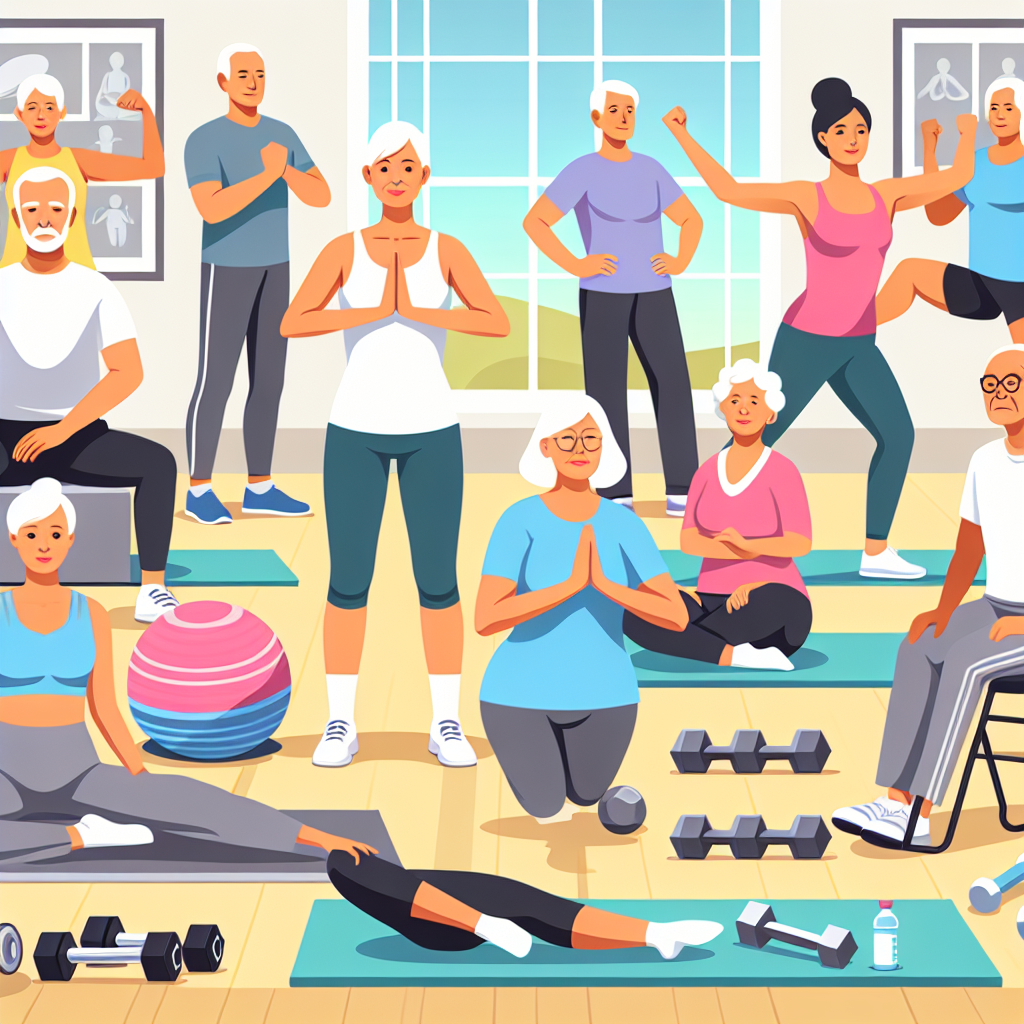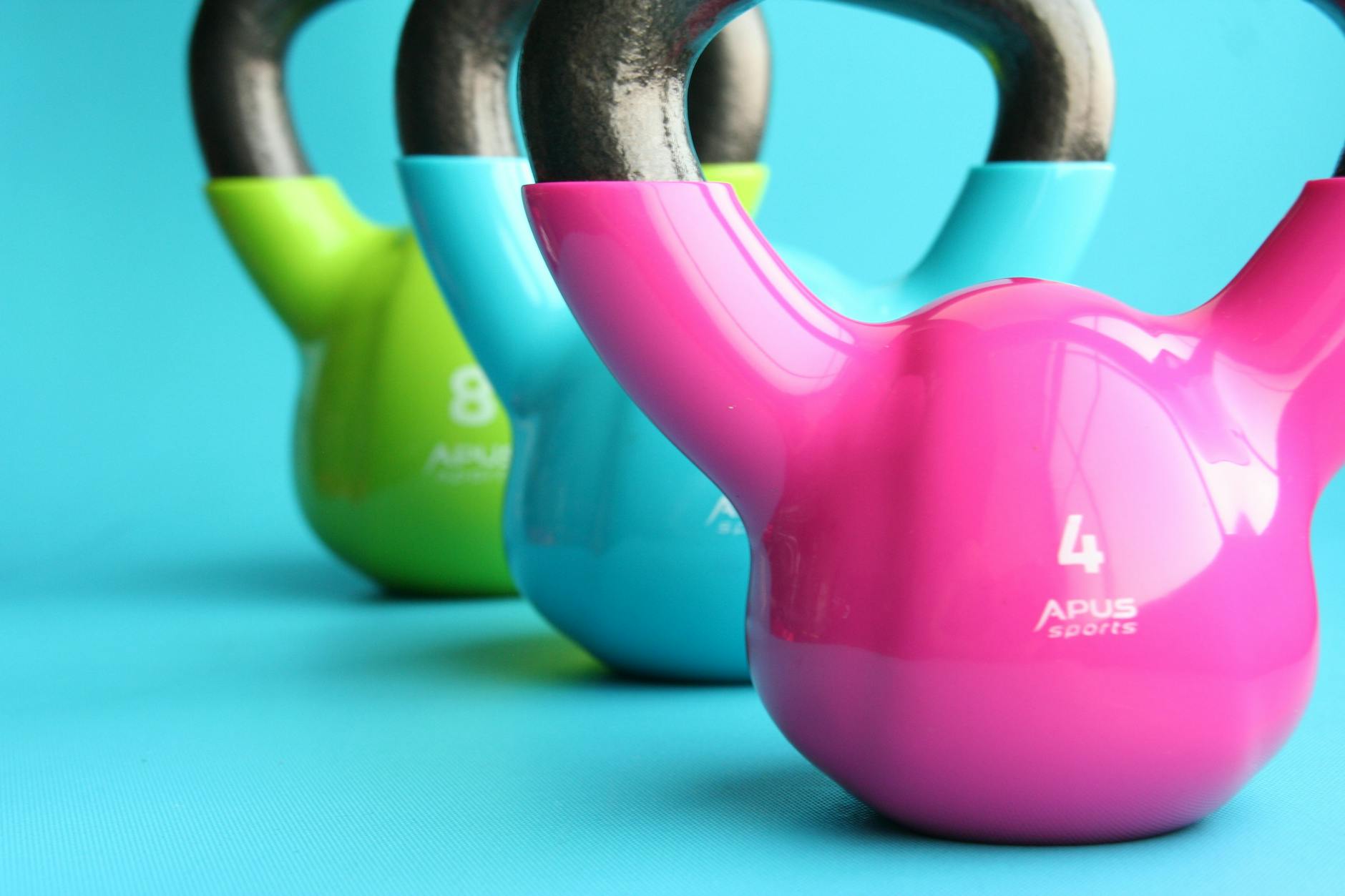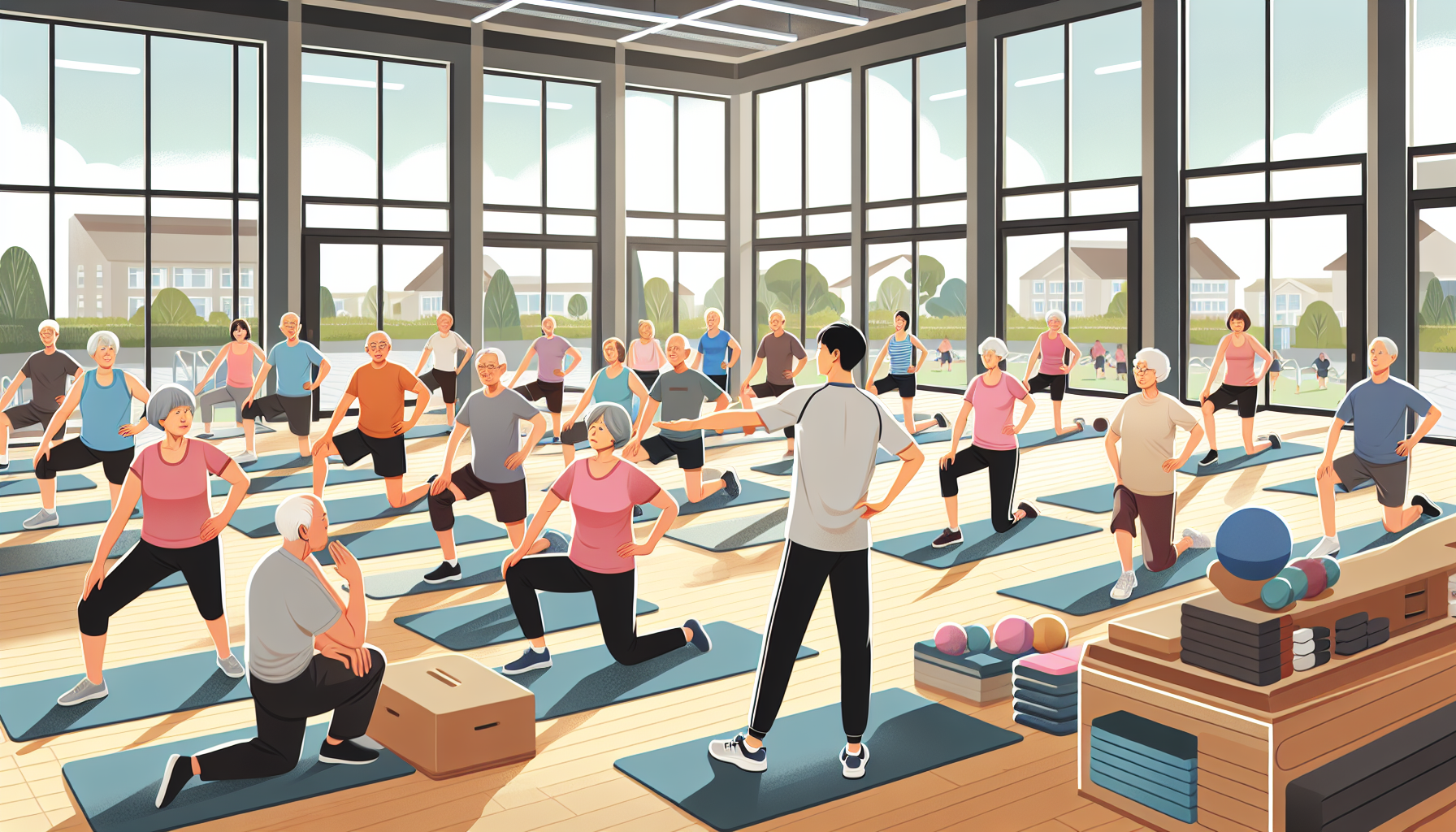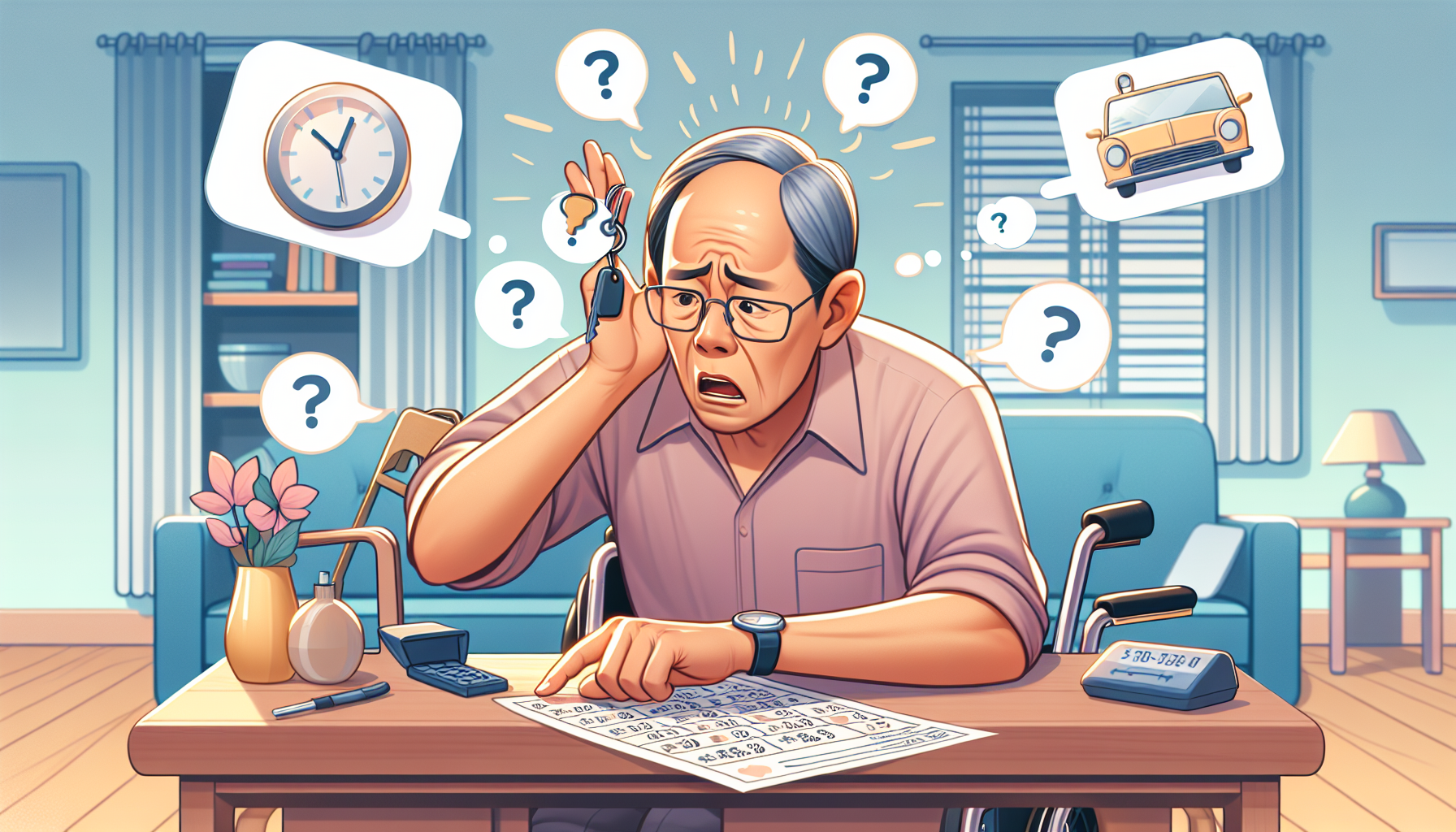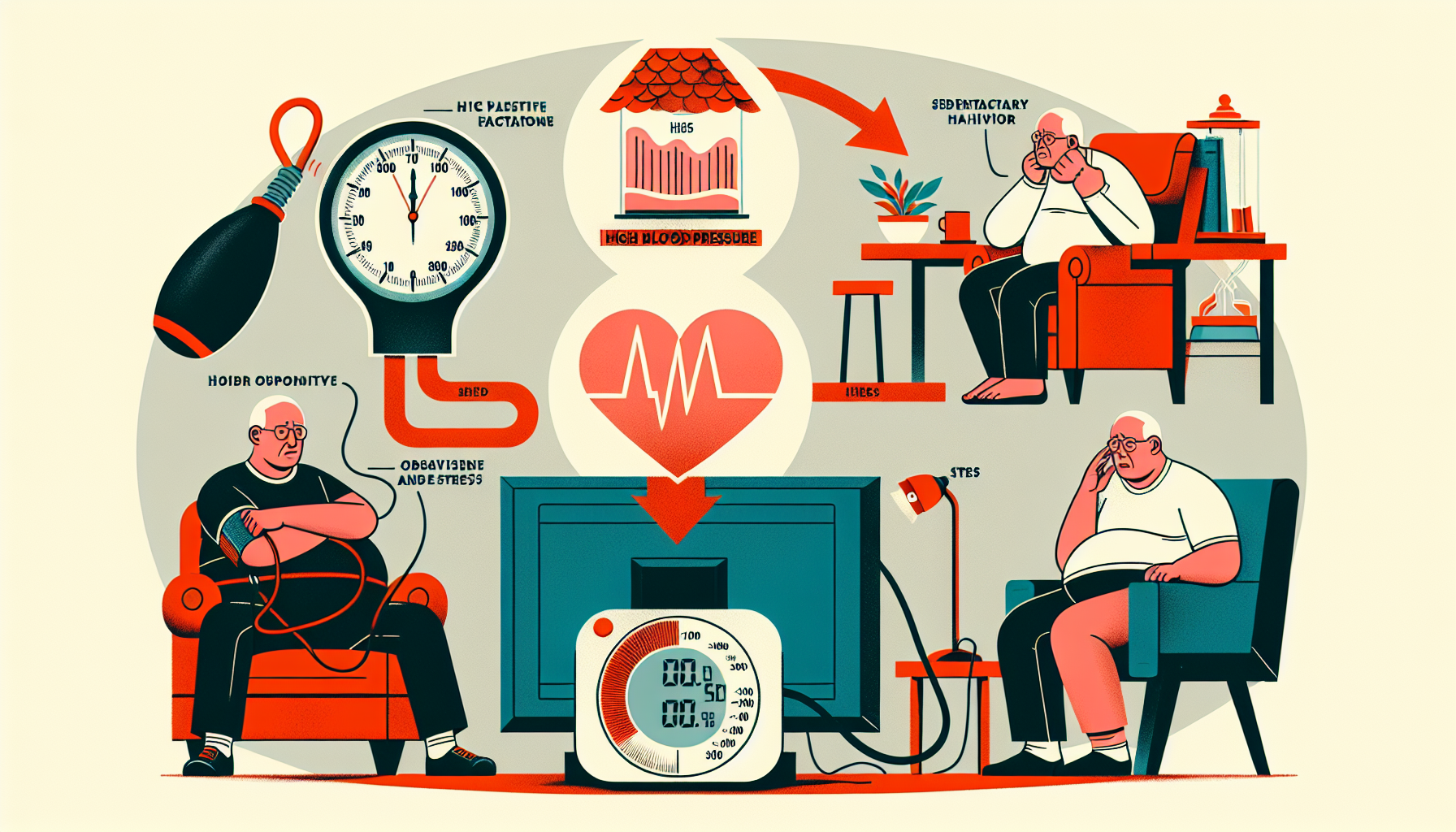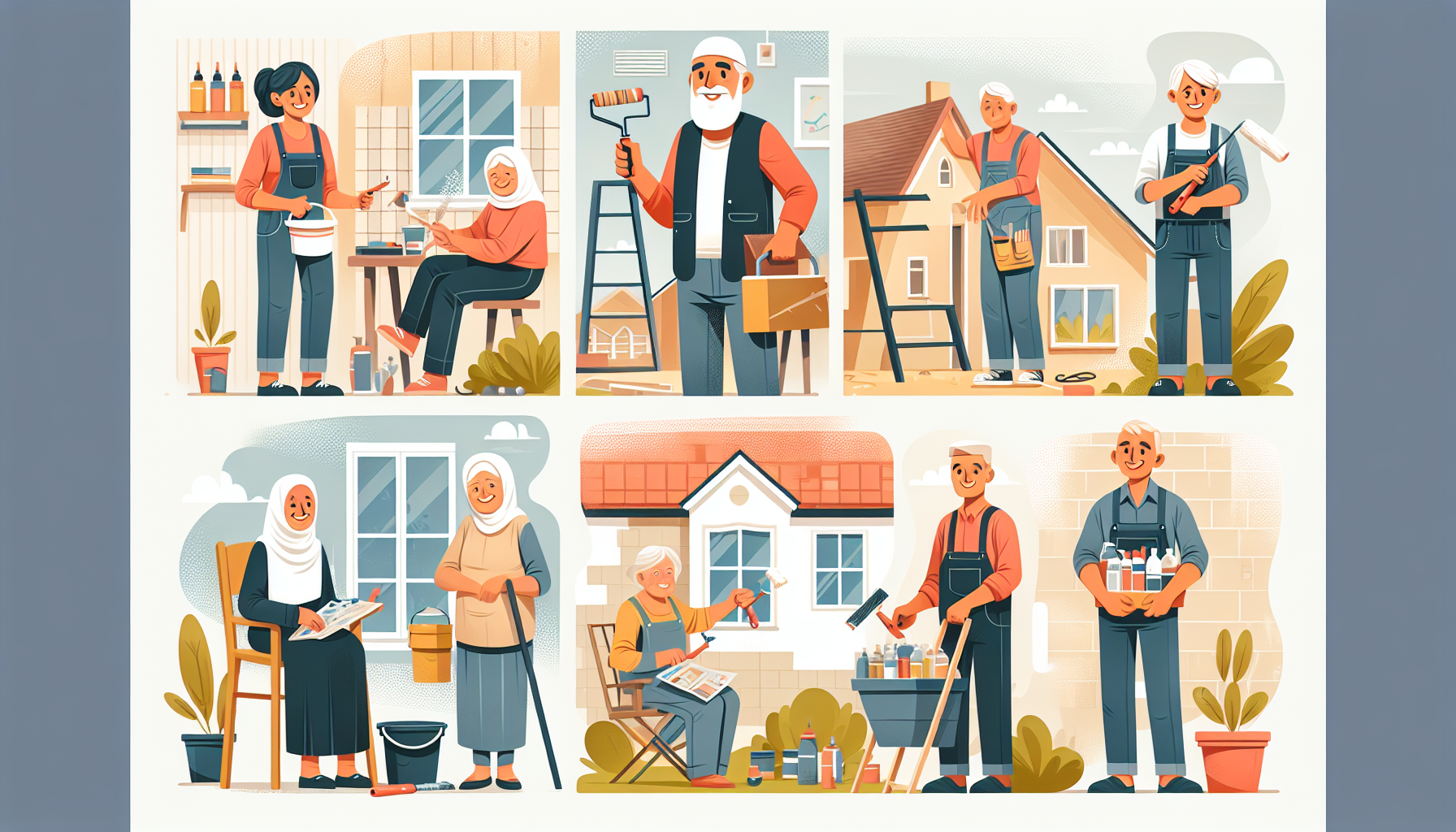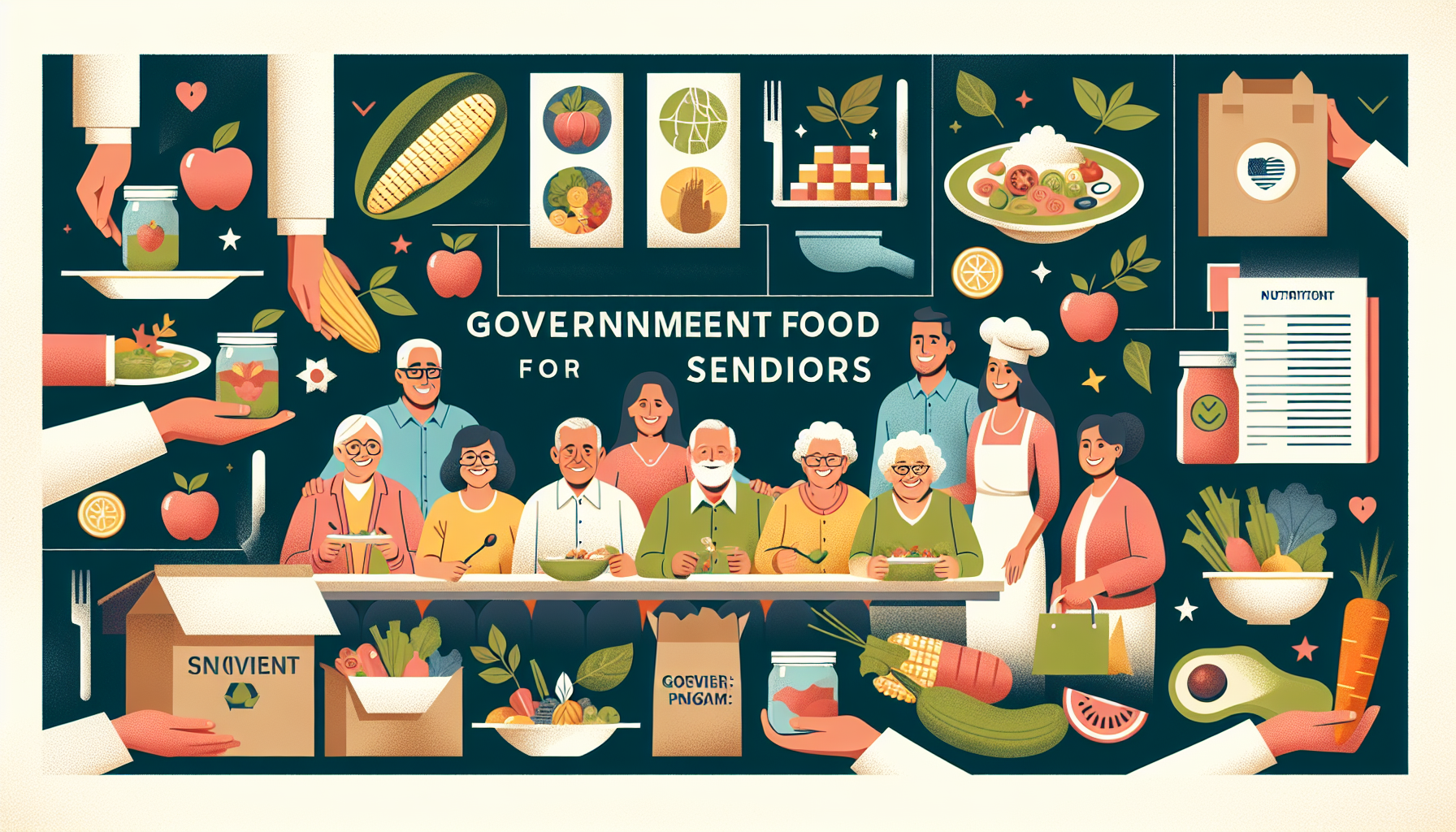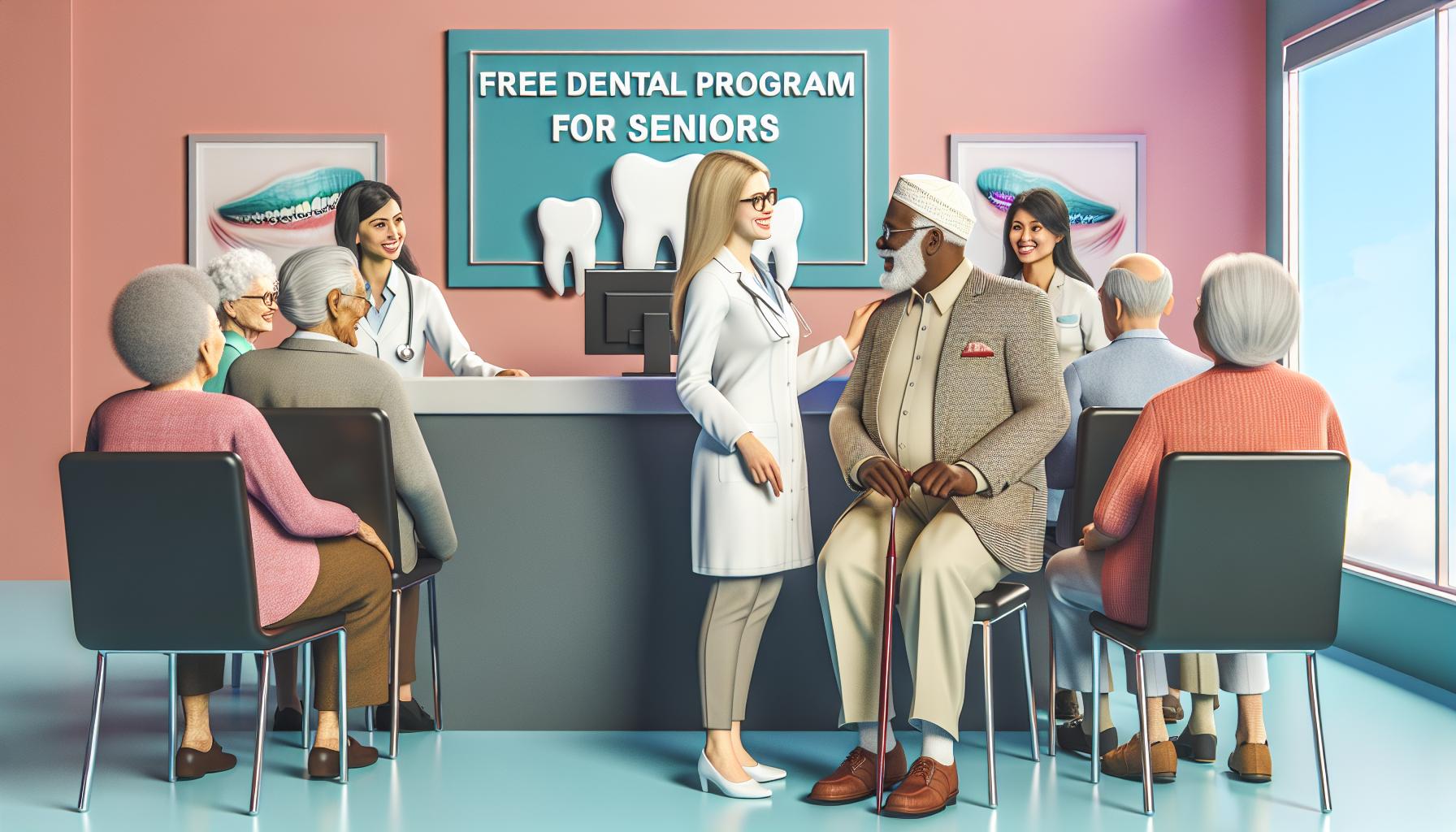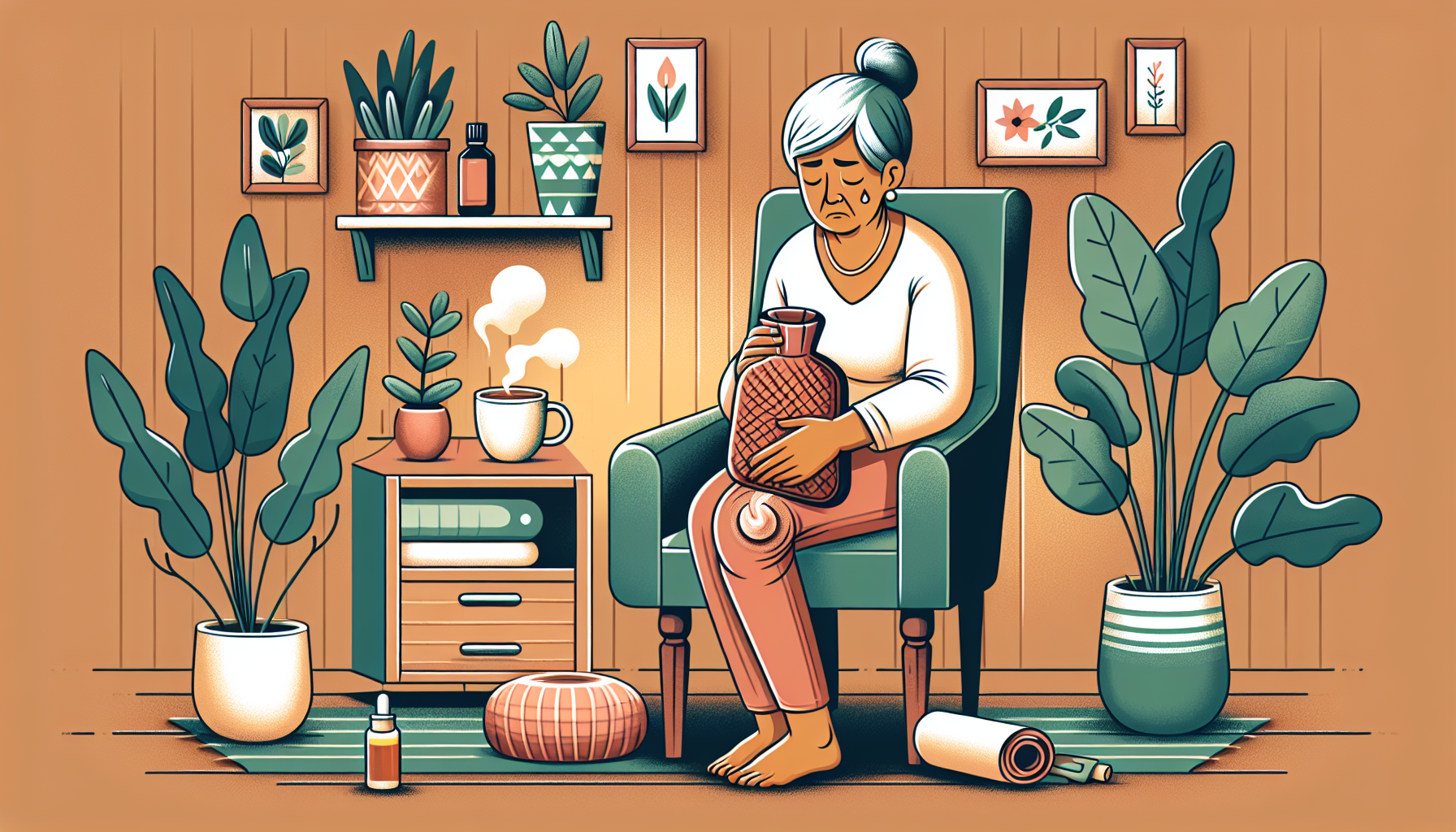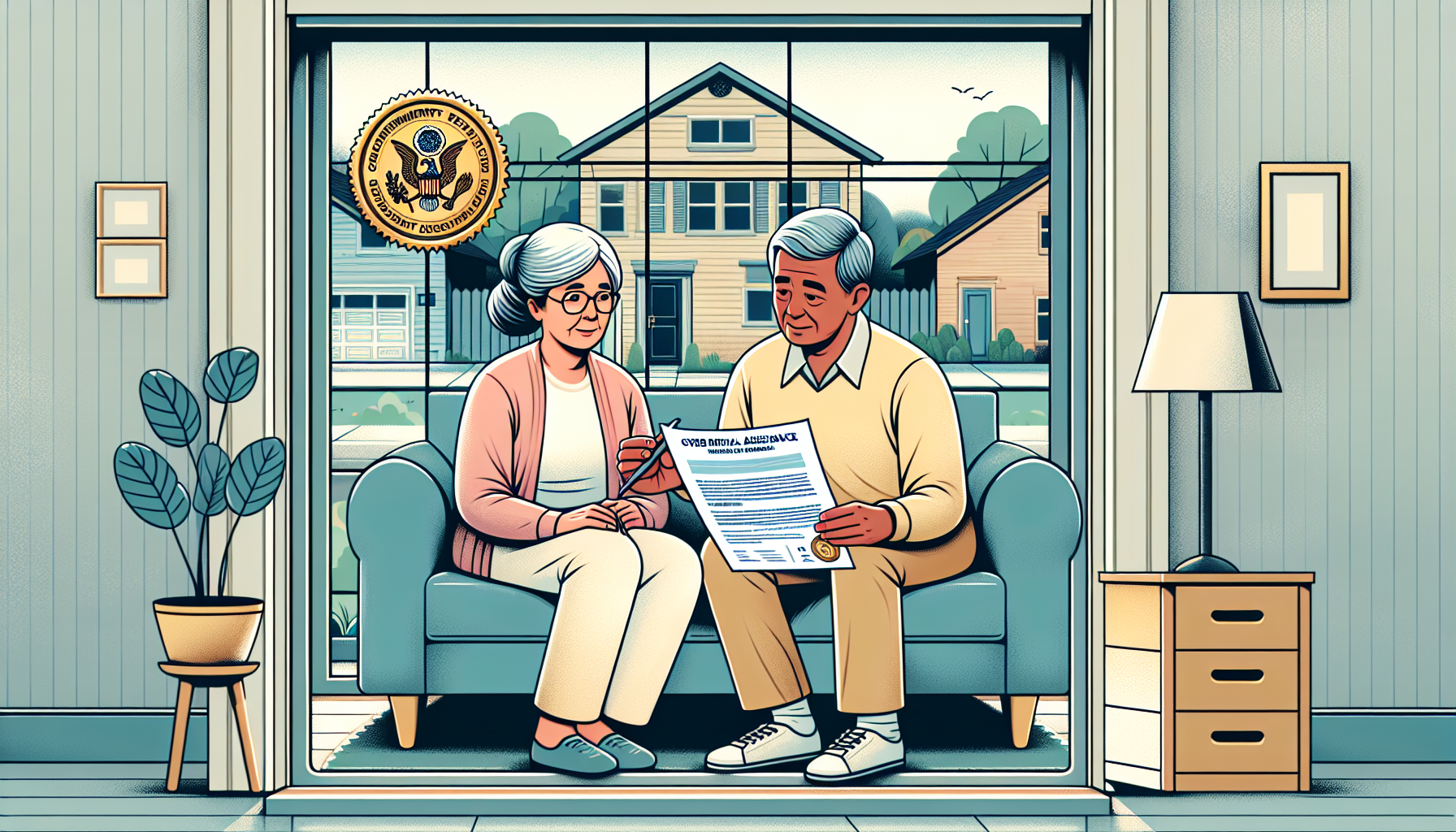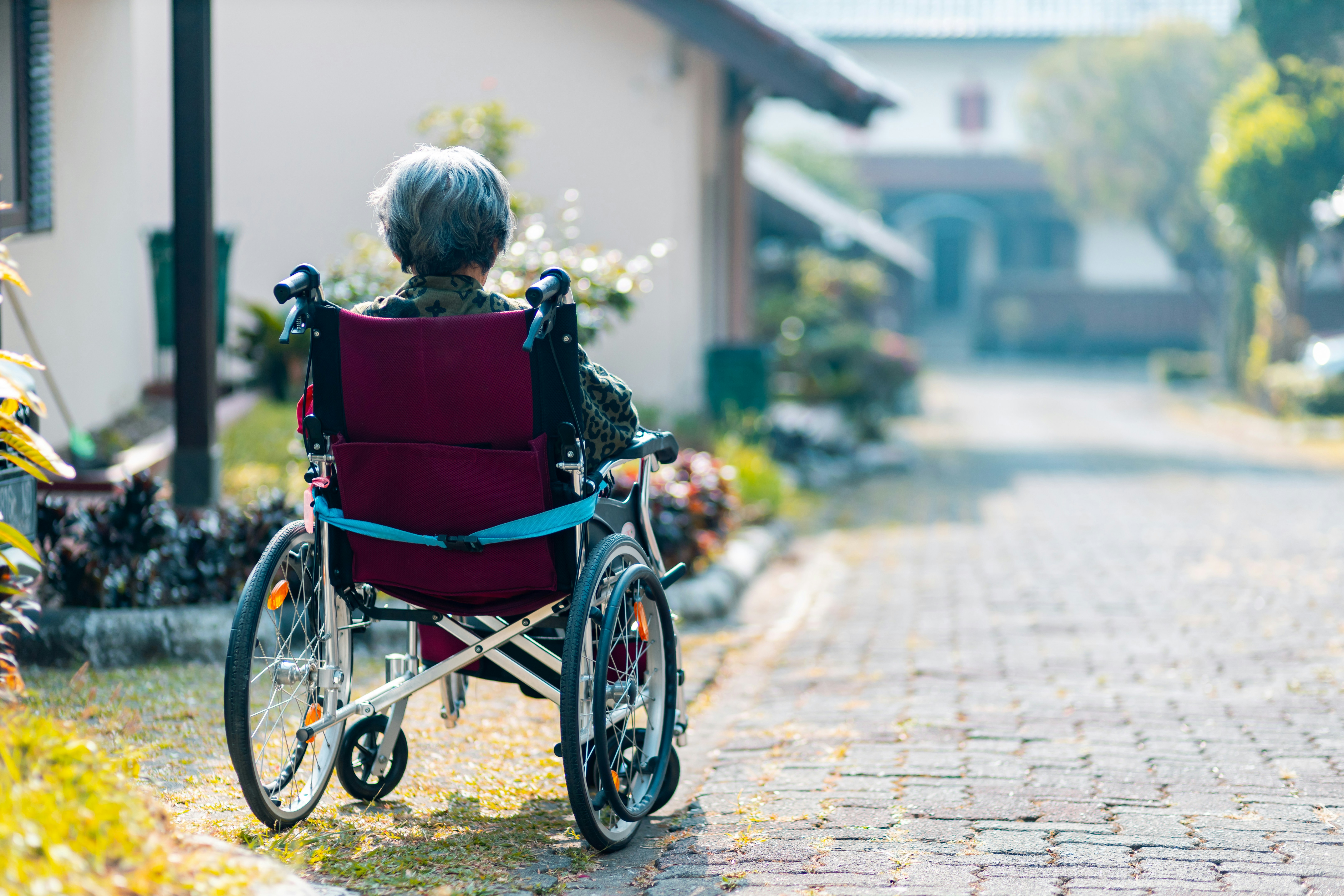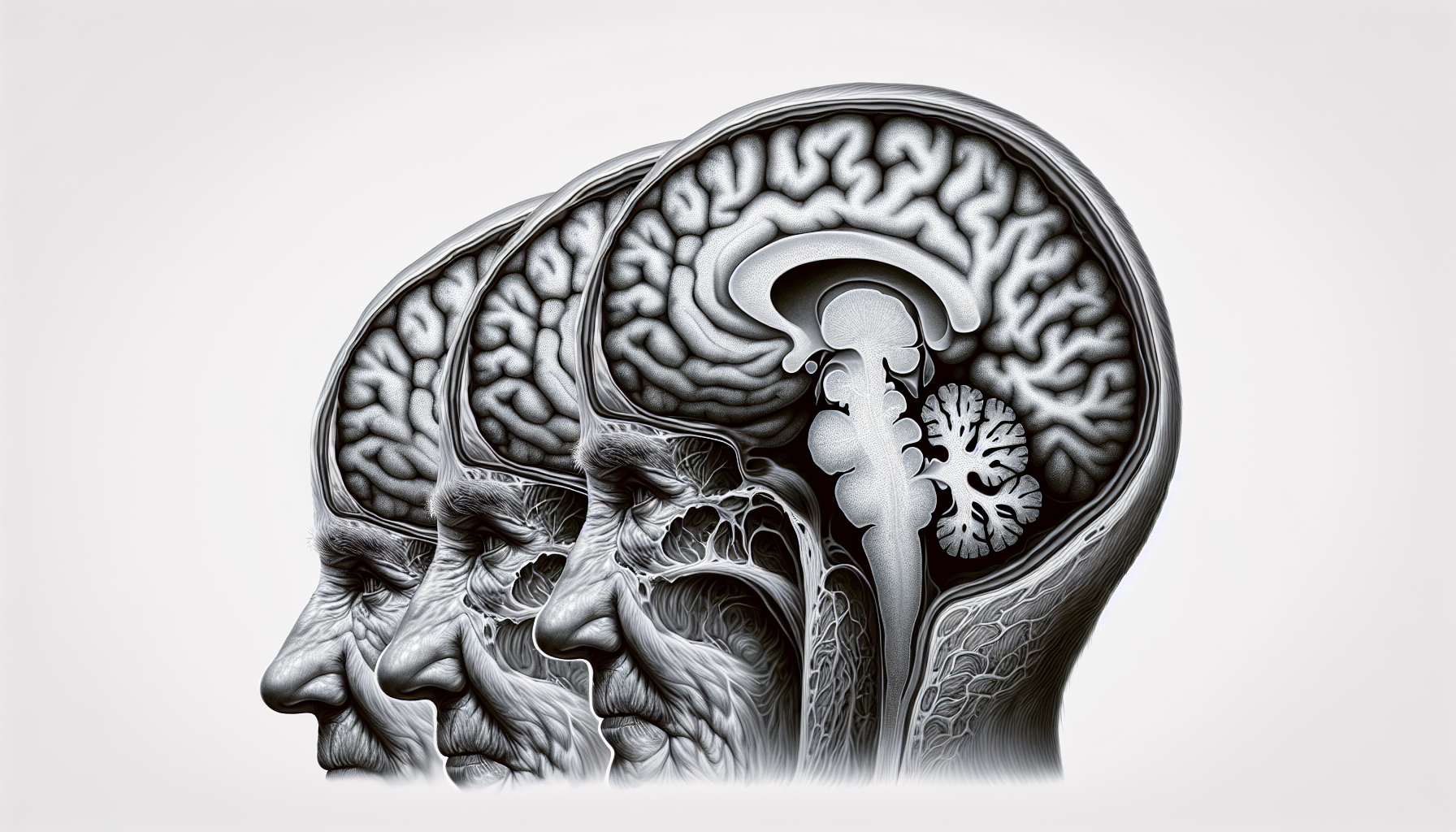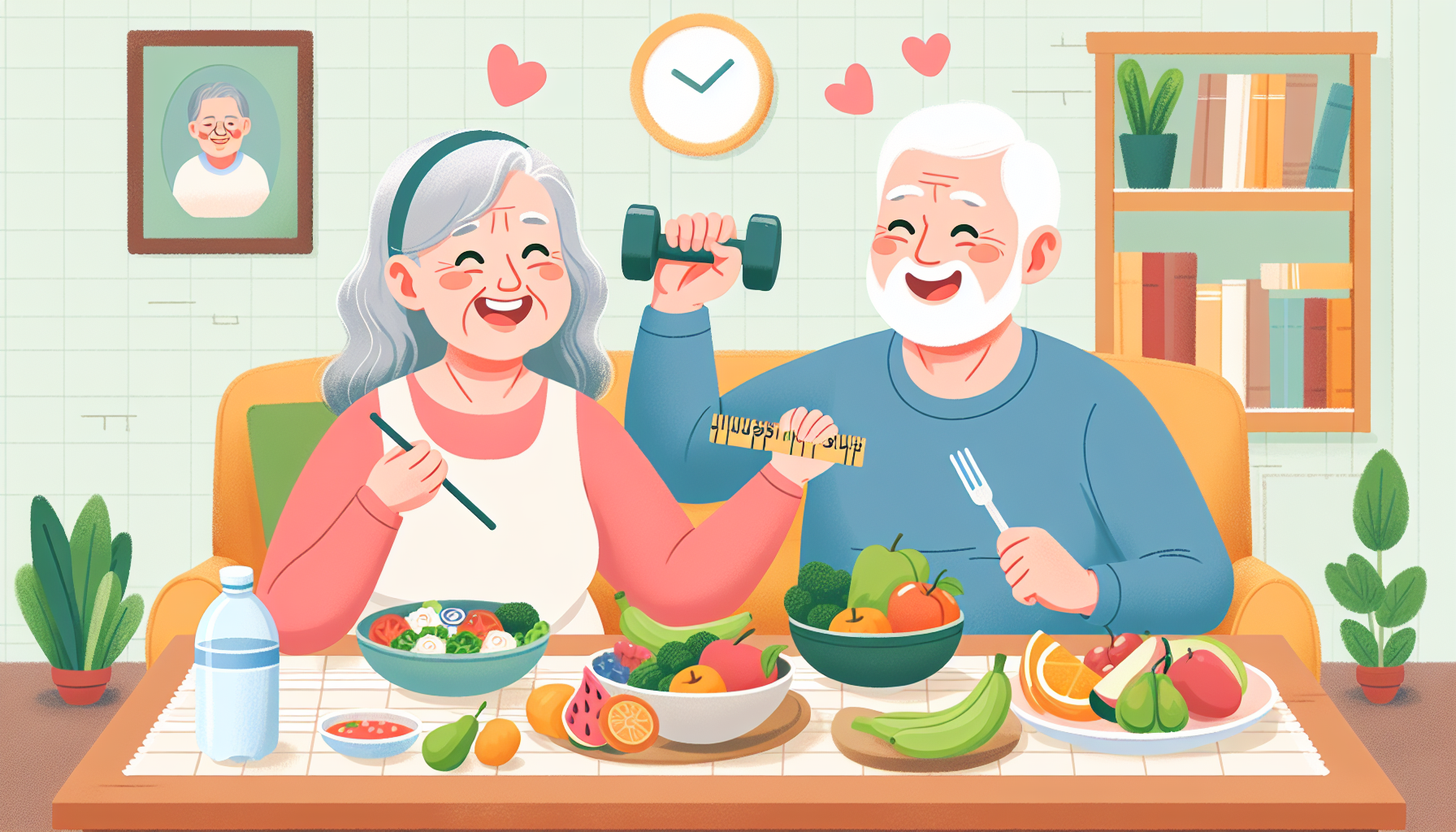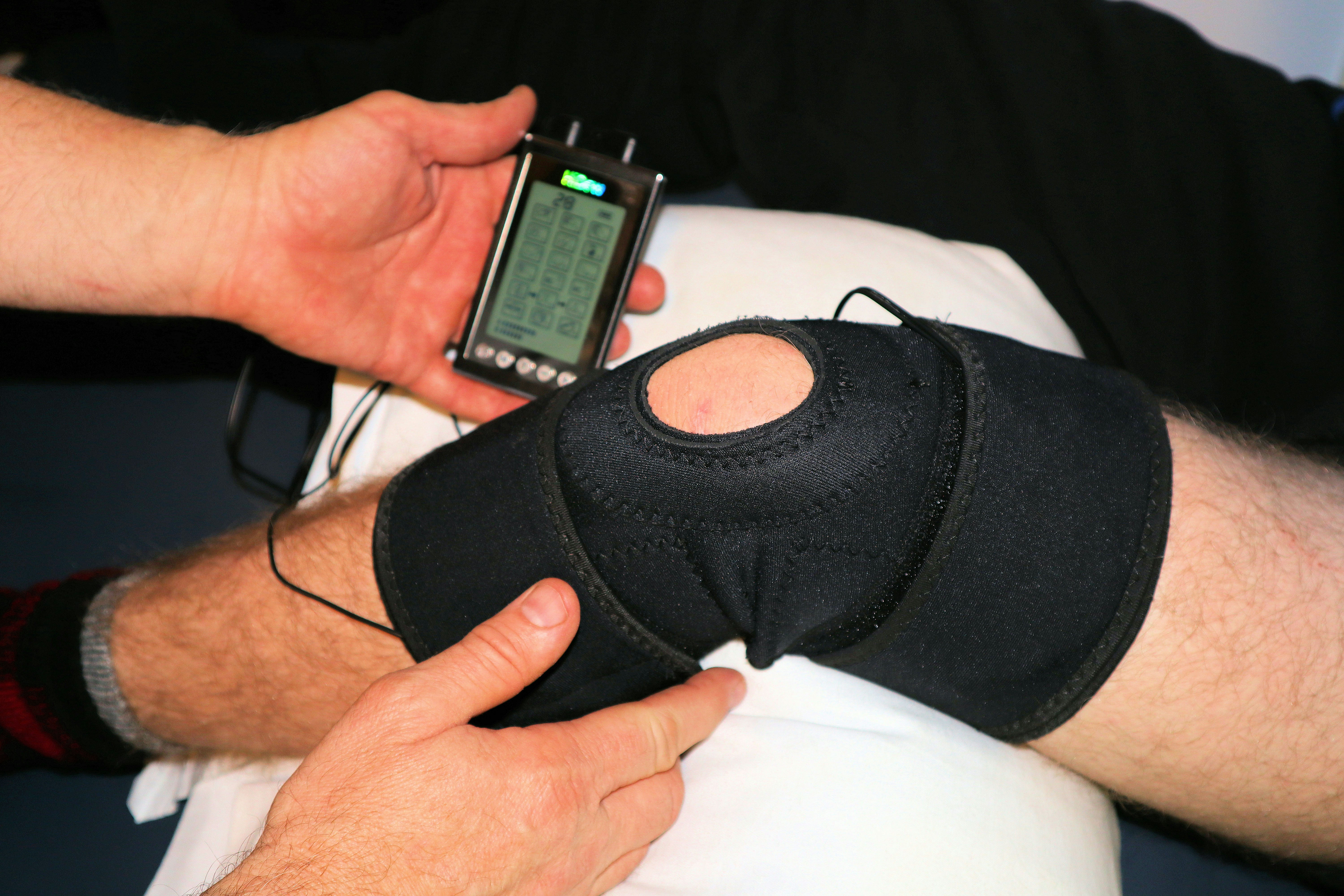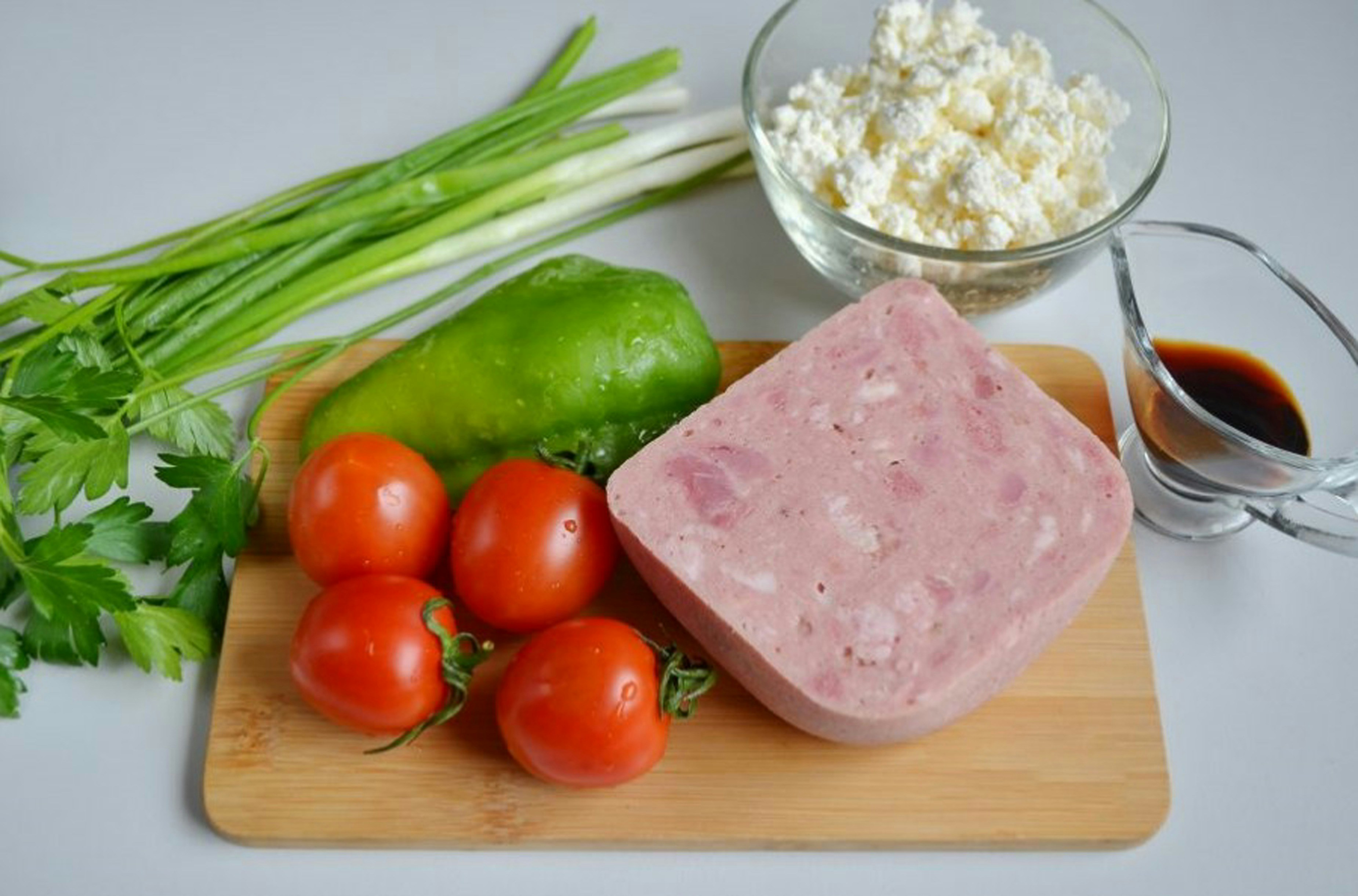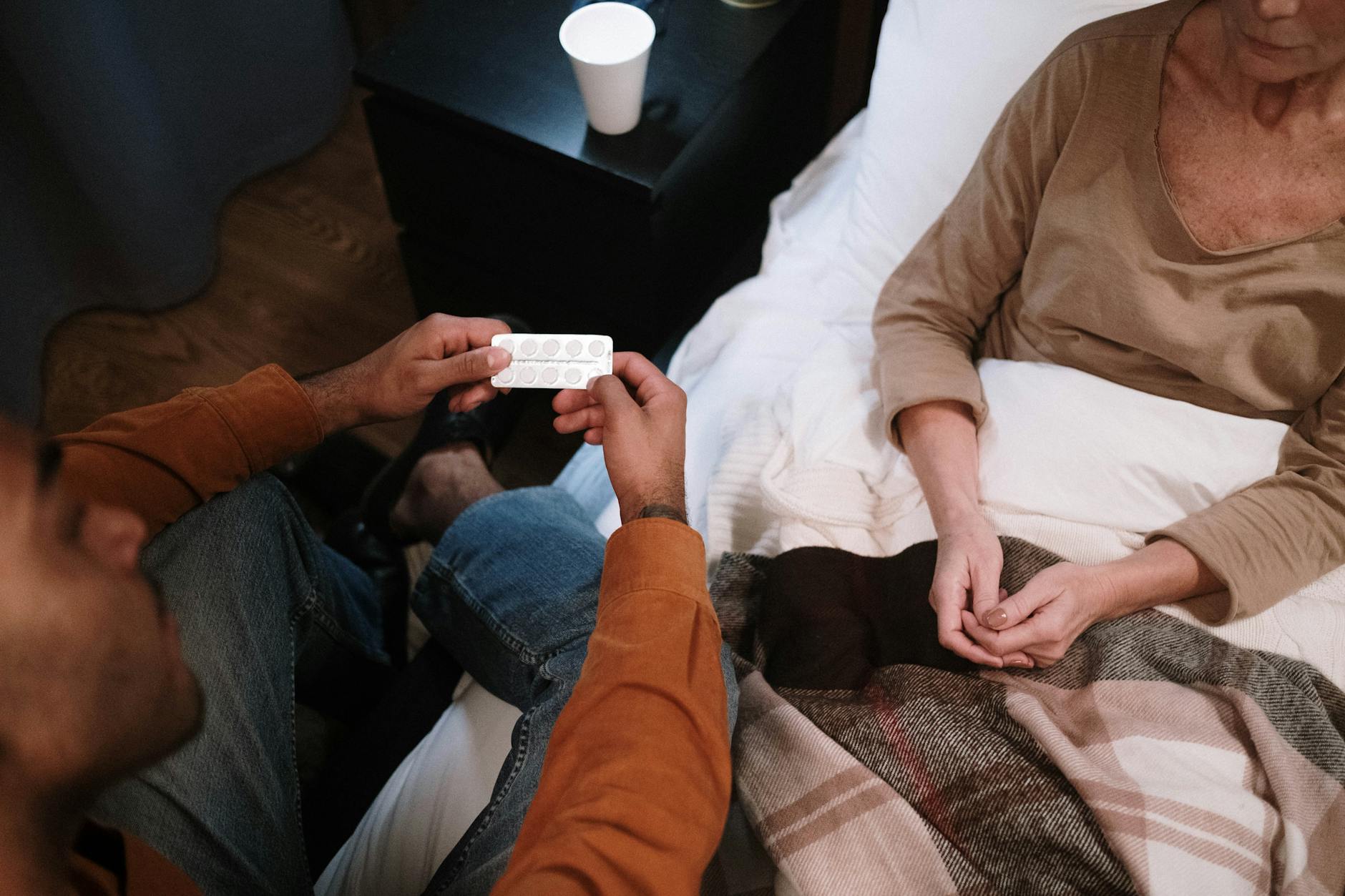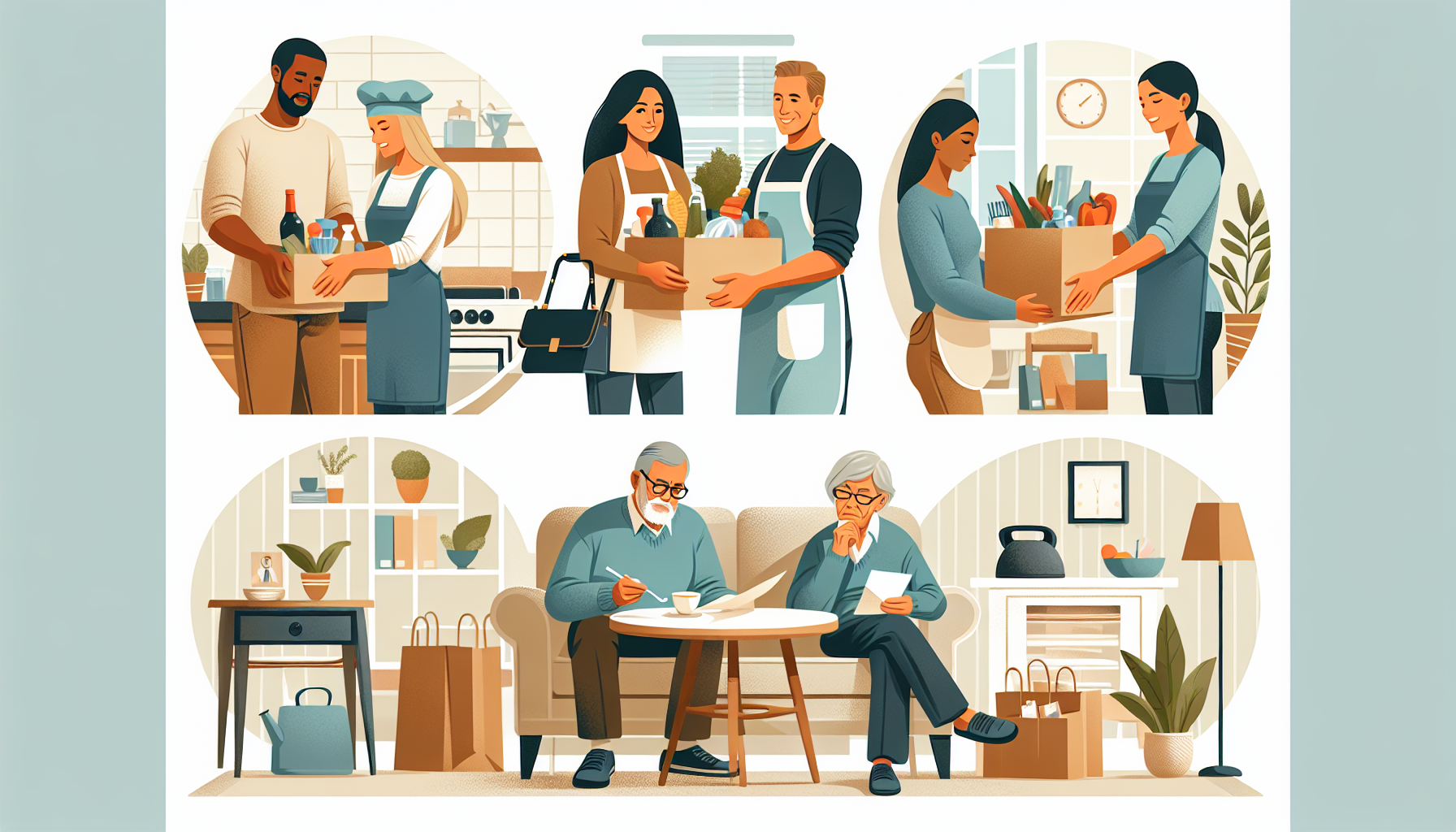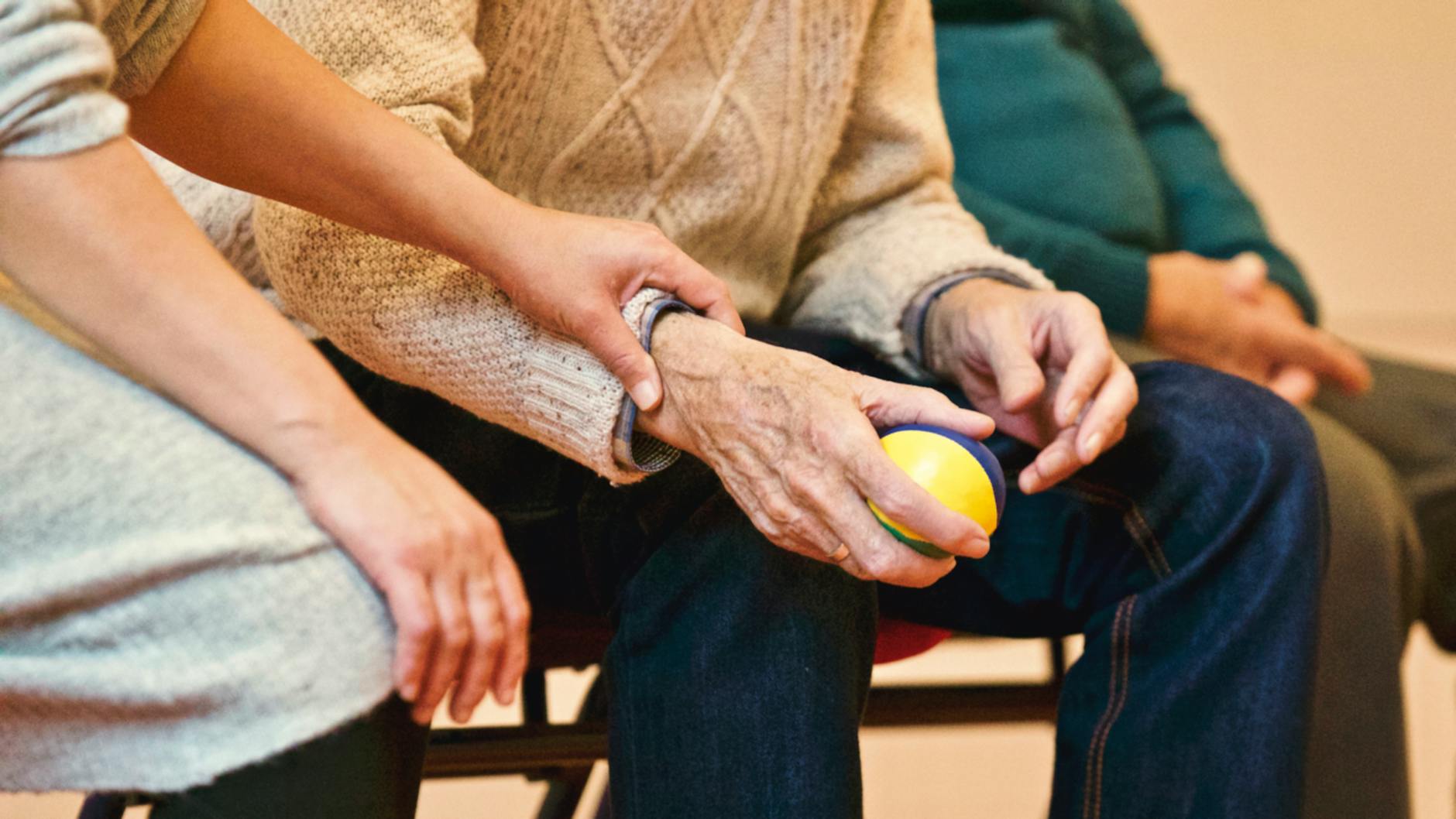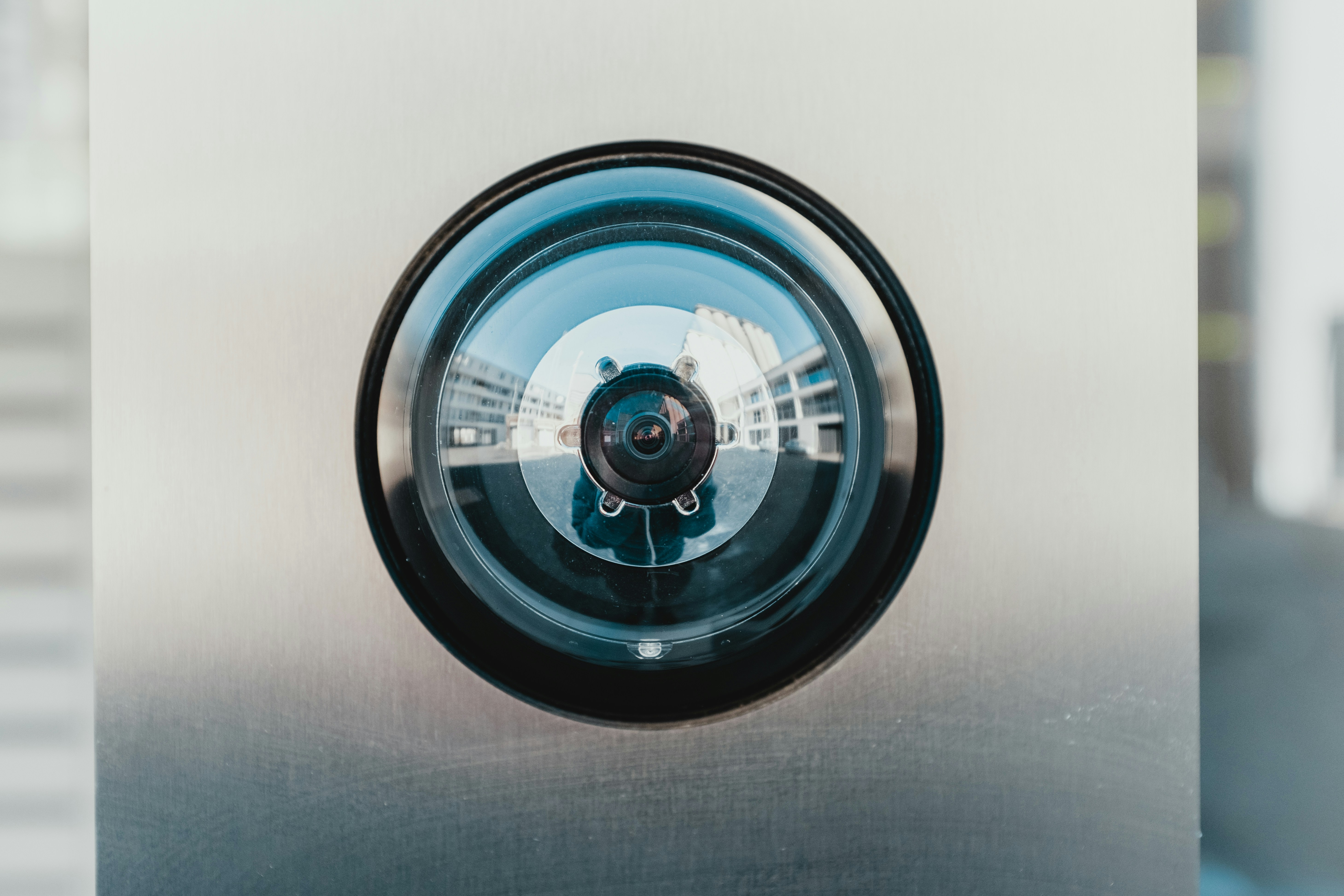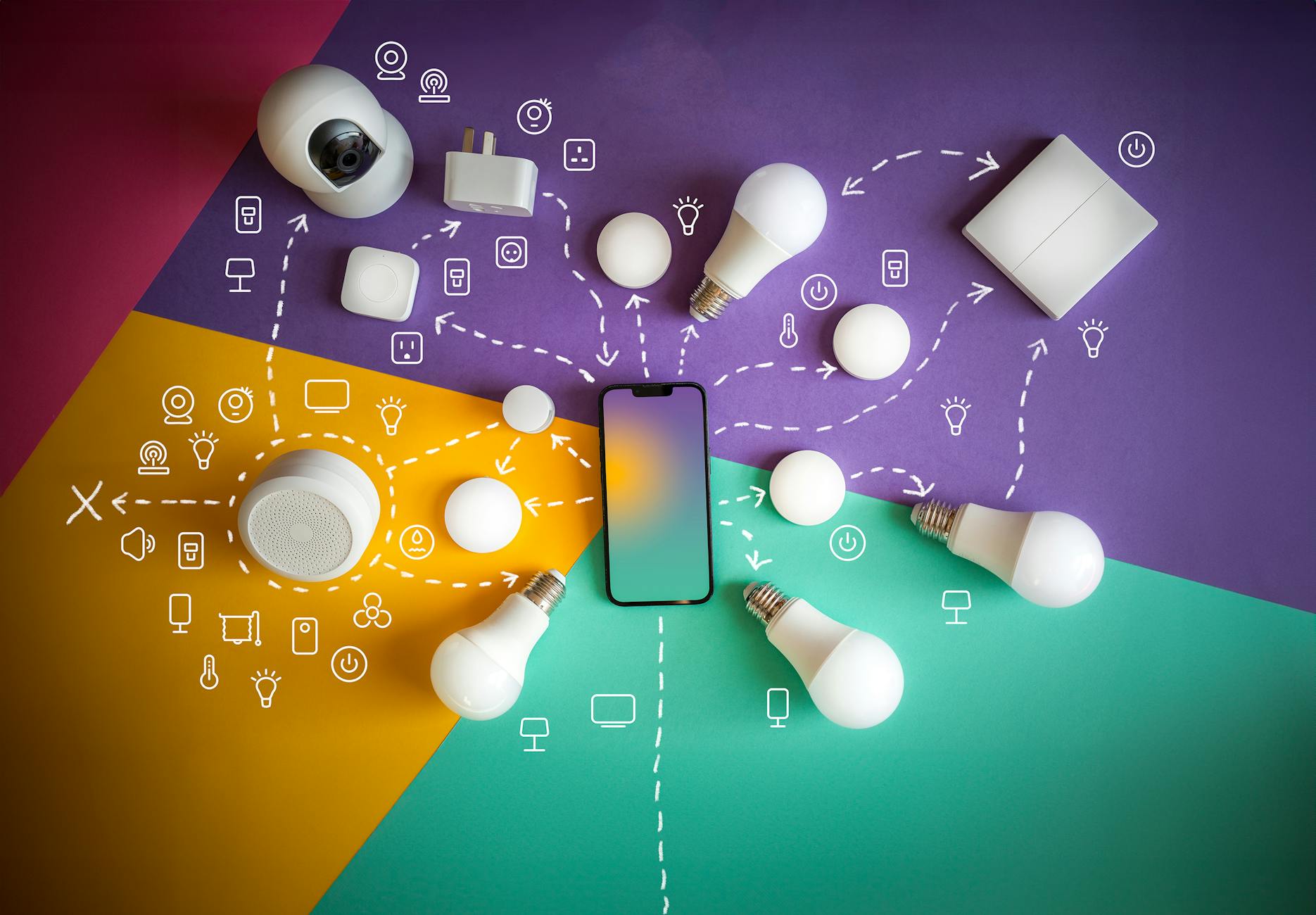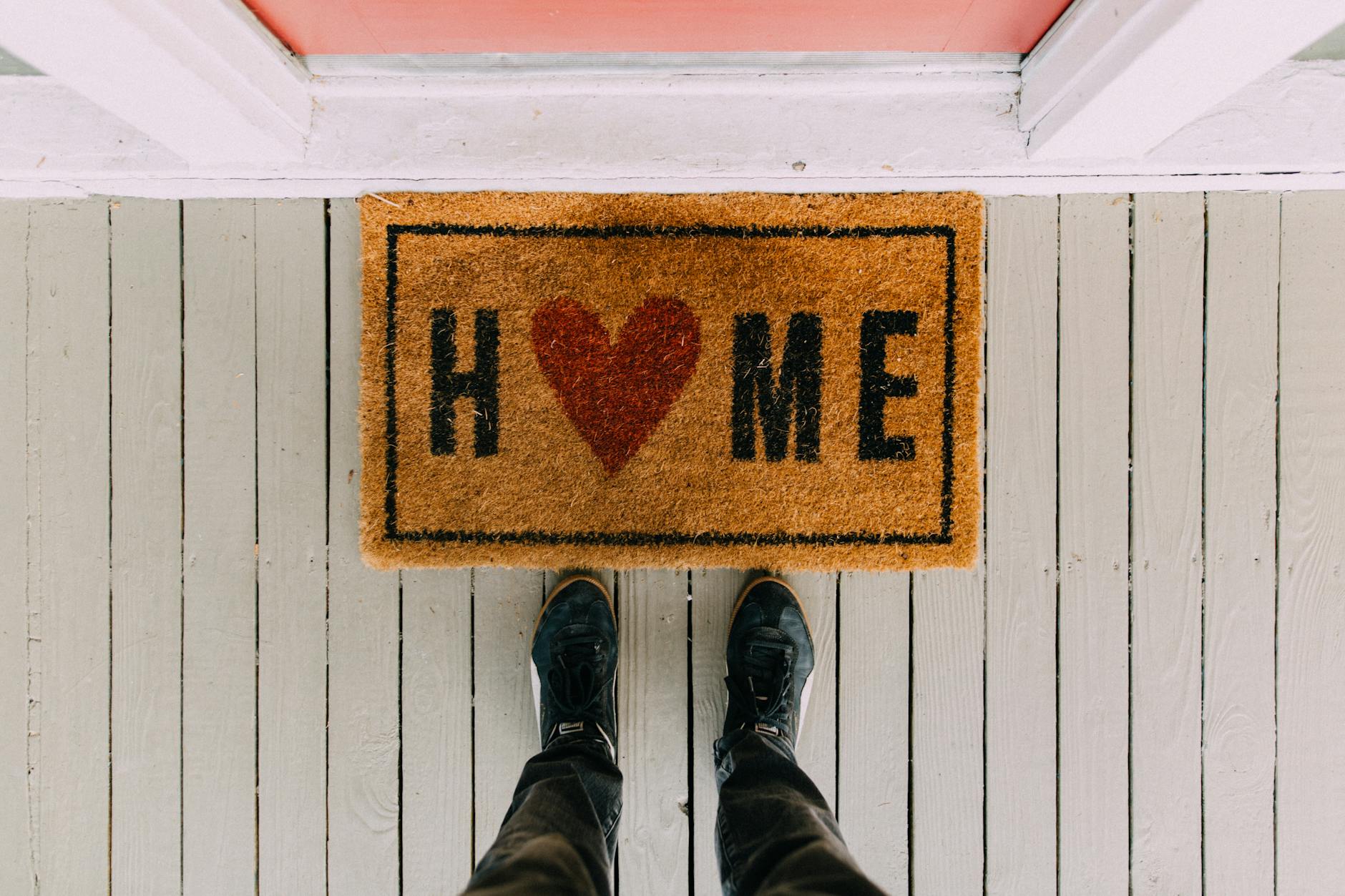Coordination Of Home Maintenance Services In Home Care
Effortlessly coordinate home maintenance services in home care for a seamless caregiving experience.

Home Care Service Coordination
When it comes to home care, getting everything to work together smoothly is super important. It keeps both caregivers and elderly folks happy and healthy. By making sure all parts of care fit together nicely, we can make home care better and more efficient.
Why Home Care Coordination Matters?
Switching to home-based care is a great way to improve care and save money. Coordinating home care services means bringing together different providers and resources to create a smoother experience.
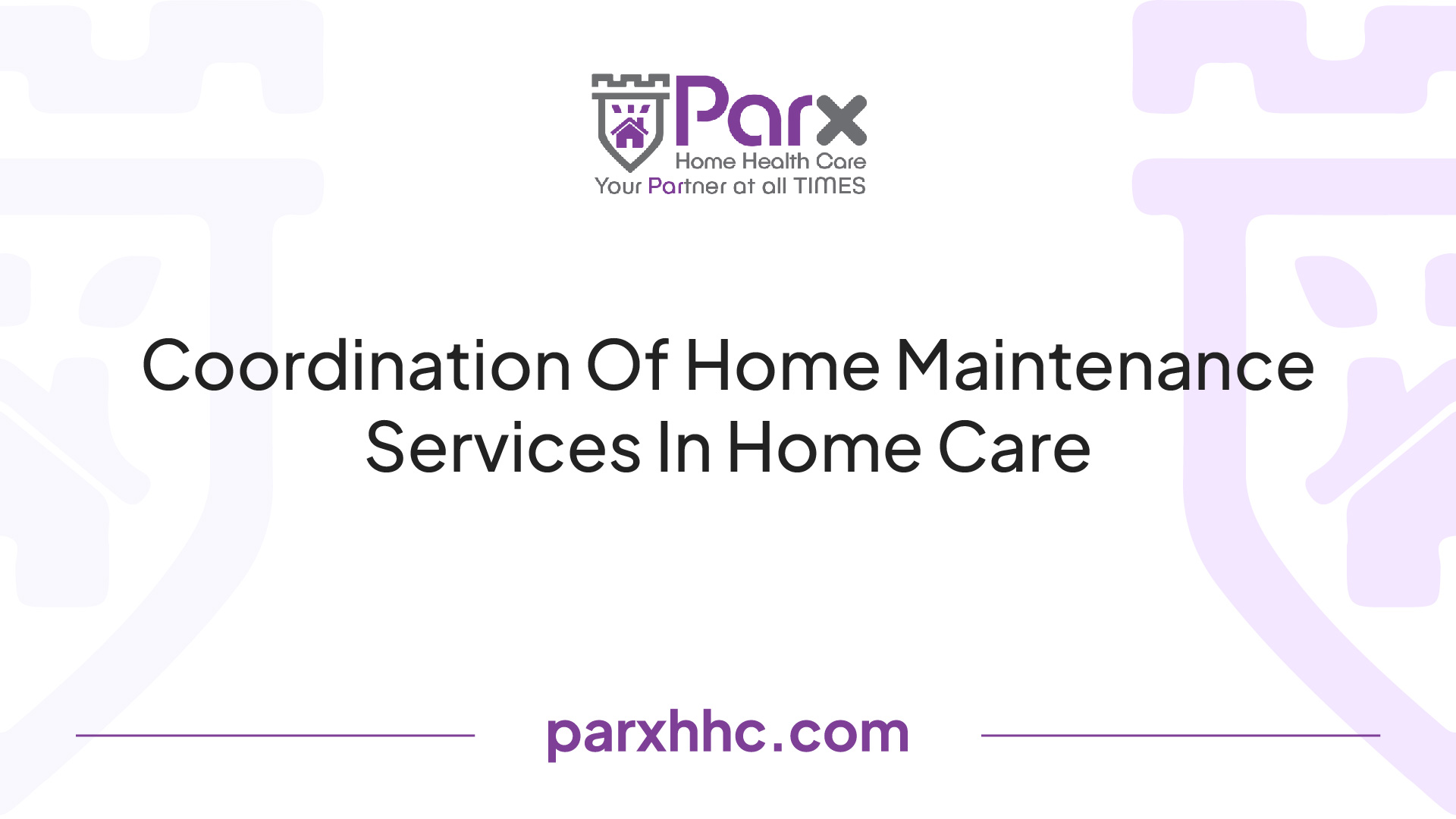
One big plus of home care coordination is avoiding fragmented care. When healthcare pros, caregivers, and patients communicate well and work together, they can create a care plan that meets all the patient's needs. This approach keeps care consistent, leading to better health outcomes and happier patients.
Perks of Coordinated Services
Coordinated home care services come with a bunch of benefits for both patients and caregivers. Early results from home-based care programs show fewer emergency room visits, hospital stays, and readmissions for homebound patients. This has saved a lot of money, about $2,700 per person each year, according to the Independence at Home program.
Besides saving money, coordinated services also make patients and caregivers happier. With a solid care plan, patients get consistent and personalized care that fits their needs and preferences. This not only makes them feel better but also builds trust in their care team.
For caregivers, coordinated services make life easier by reducing the hassle of managing different parts of care. With everything streamlined, caregivers can get the resources, support, and info they need to provide top-notch care. This cuts down on stress and burnout, letting them focus more on building strong relationships with their patients.
By understanding the importance of home care coordination and enjoying the perks of coordinated services, the home care industry can keep getting better. Effective coordination means better health outcomes, happier patients and caregivers, and a higher quality of life for everyone involved.
The Real Perks of Coordinated Home Care
Coordinated home care isn't just a fancy term; it's a game-changer for both your wallet and your peace of mind. When home care services are in sync, everyone wins.
Save Money, Live Better
One of the biggest perks of coordinated home care is the cash you can save. Take the Independence at Home program, for example. This Medicare initiative focused on home-based primary care and managed to cut down on emergency room visits, hospital stays, and those pesky 30-day readmissions for folks stuck at home. The result? An average saving of $2,700 per person each year, according to the Harvard Business Review.
Health plans that team up with coordinated home care models usually save between 5% and 10% on home health, medical equipment, and home infusion services, says IHC Corp. These savings come from cutting down on hospital costs and swapping expensive inpatient care for more affordable home services. So, coordinated home care isn't just about saving money—it's about getting the best bang for your buck while still receiving top-notch care.
Happy Patients, Happy Caregivers
Coordinated home care isn't just about dollars and cents; it's about making life better for patients and caregivers. When patients can stay at home instead of moving to a nursing facility, they get a more personalized and comfy care experience. This leads to happier patients and better overall outcomes, as noted by CareVoyant.
Caregivers also get a boost when home maintenance services are well-coordinated. When tasks like cleaning, repairs, and safety upgrades are handled, caregivers can focus on what really matters—caring for their loved ones. This reduces stress and makes the caregiving experience more satisfying.
The benefits of coordinated home care go beyond just saving money. They touch on the well-being and happiness of both patients and caregivers. By streamlining services and taking care of home maintenance, coordinated home care models offer better quality care and a more rewarding experience.
With the U.S. home healthcare services market expected to hit $153 billion by 2029, the demand for coordinated home care is only going to grow, especially as the population ages [2]. This growth highlights the need for effective coordination to ensure the best care outcomes and cost savings.
Home Maintenance in Home Care
Taking care of a home is just as important as taking care of the people living in it. When you're providing home care, keeping the place tidy and safe is a big deal. Let's talk about how home maintenance fits into the whole care package.
Why Home Maintenance Matters?
Home maintenance isn't just about fixing things when they break. It's about keeping the home clean, safe, and comfortable. This can mean anything from doing the laundry and cooking meals to making small repairs and adding safety features like grab bars in the bathroom.
The main goal here is to make sure the home is a nice place to live. When the home is in good shape, it helps the person receiving care feel better and more independent. It's all about making life easier and more pleasant for them.
Making Maintenance Part of the Plan
To really take care of someone at home, you need to think about everything they might need, including home maintenance. Caregivers and the folks who manage care plans need to work together to make sure everything gets done.
First, they look at what the person needs. This means checking out their home and seeing what might need fixing or cleaning. They also think about what the person can do on their own and what they might need help with.
Once they know what needs to be done, they make a plan. This plan includes both personal care and home maintenance tasks. It's all about making sure the person gets the help they need to keep their home in good shape.
Using home care software can make this a lot easier. For example, WellSky Personal Care software helps agencies keep track of everything. It can schedule tasks, manage daily routines, and even let family members see what's going on [3]. This way, everyone knows what's happening and can work together to take care of the person and their home.
Wrapping It Up
Home maintenance is a big part of taking care of someone at home. By keeping the home clean and safe, caregivers help the person feel better and live more independently. Adding home maintenance to care plans and using technology to keep everything organized makes sure nothing gets missed. This way, the person gets the best care possible, and their home stays a nice place to live.
Tech in Home Care Coordination
These days, tech is a game-changer for keeping home care services running smoothly. Using home care software and mobile apps can seriously boost how well care is managed, making life easier for both caregivers and the elderly.
Home Care Software: The Real MVP
Home care software, like AlayaCare's cloud-based platform, is a lifesaver for home care agencies. This software packs a punch with features that make communication better, cut down on paperwork, up the safety game, and improve how care is documented.
With home care software, caregivers get real-time access to client info, care plans, schedules, and more. This means everyone’s on the same page, providing consistent and personalized care. Plus, the software takes care of boring admin stuff like scheduling and billing, cutting down on mistakes and freeing up time [4].
Mobile Apps: The Caregiver's Best Friend
Mobile apps are must-haves for home care teams. Caregivers can use these apps to get important info, update forms, and chat with team members. With real-time access to client records, caregivers can make smart decisions and provide timely care.
These apps make it easy to document and track care, keeping records accurate and up-to-date. They also make communication between caregivers and coordinators a breeze, allowing for quick responses to any changes in care plans or client needs. With mobile apps, caregivers can provide top-notch care while staying flexible and mobile.
Using tech in home care coordination, like home care software and mobile apps, streamlines admin tasks, cuts down on paperwork, and boosts communication. This lets caregivers focus on what they do best: delivering high-quality care. By embracing tech, home care organizations can improve coordination, increase efficiency, and make the whole care management process better.
Home Care Coordination: The Real Struggle
Sure, home care services are a godsend, but let's not kid ourselves—it's not all sunshine and rainbows. Home health agencies (HHAs) face some pretty gnarly challenges, especially when it comes to staffing and scheduling.
The Staffing Nightmare
Finding and keeping good staff in home healthcare is like trying to catch a greased pig. It's tough. Agencies are constantly on the hunt for skilled field clinicians and staff who know their way around home health. According to Rainbow Health, sudden employee turnover or a flood of new patients can throw a wrench in the works.
When there aren't enough qualified folks to go around, care delivery slows down, and patients end up waiting longer than they should. HHAs need to pull out all the stops to attract and keep a skilled workforce. Think competitive pay, killer benefits, and maybe even a few perks to sweeten the deal.
Scheduling: The Ultimate Jigsaw Puzzle
Trying to coordinate schedules between patients, caregivers, and staff is like herding cats. Rainbow Health points out that HHAs often struggle to have enough staff ready to jump on new referrals at a moment's notice. And then there's the whole mess of trying to fit everyone's availability into a neat little schedule.
This juggling act can lead to mix-ups, no-shows, and a whole lot of frustration. Good communication is key here. Everyone—from the care team to the patients and their families—needs to be on the same page to keep things running smoothly.
Enter technology. Platforms like RainbowCare are stepping up to the plate, offering tools to streamline scheduling and boost communication. These tech solutions can help HHAs get their staffing ducks in a row, cut down on scheduling snafus, and make the whole coordination process a lot less painful.
By tackling staffing headaches and using smart scheduling and communication tools, home healthcare agencies can up their game. This means better care for patients and a smoother ride for everyone involved.
Future Trends in Home Care Coordination
As more folks opt for home care, keeping everything running smoothly at home is becoming super important. Two big trends to watch are the booming home healthcare industry and the tech that's making care coordination a breeze.
Home Healthcare is Booming
Home healthcare is on the rise, big time. By 2025, a whopping $265 billion worth of care services for Medicare folks will move to home settings. This shift means more people will get care at home instead of pricey hospital stays.
The U.S. home healthcare market is set to jump from $94 billion in 2022 to $153 billion by 2029. Why? Because more people are hitting 65 and older, and they prefer staying home. This surge means there's a golden opportunity to coordinate home maintenance services, helping folks live comfortably and safely.
Tech to the Rescue
Tech is a game-changer for home care coordination. Home care agencies often struggle with limited resources and outdated tech, which can mess up care management. But with the right tech tools, things can get a whole lot better.
Cloud-based software, like AlayaCare's, can transform care management. It boosts communication, cuts down on paperwork, ups safety and care quality, and makes documentation a breeze. By handling admin tasks efficiently, home care agencies can focus more on giving top-notch care.
Platforms like RainbowCare, which work with Electronic Health Records (EHRs), make sharing patient data a snap. This smooth data transfer cuts down on communication hiccups, gives quick access to medical records, and reduces errors by syncing info across devices and systems. With real-time info at their fingertips, care providers can coordinate better and ensure continuous care.
By jumping on these trends, home care coordination can get smoother, more effective, and centered around the person. As the home healthcare scene keeps changing, caregivers, agencies, and tech providers need to team up and roll with the changes. This teamwork will boost the quality of care for folks at home.
References
[1]: https://hbr.org/2019/10/5-obstacles-to-home-based-health-care-and-how-to-overcome-them
[2]: https://ihcscorp.com/6-key-elements-of-a-coordinated-home-care-model/
[3]: https://wellsky.com/personal-care-software/
[4]: https://alayacare.com/blog/3-ways-to-improve-care-management-in-home-care/




